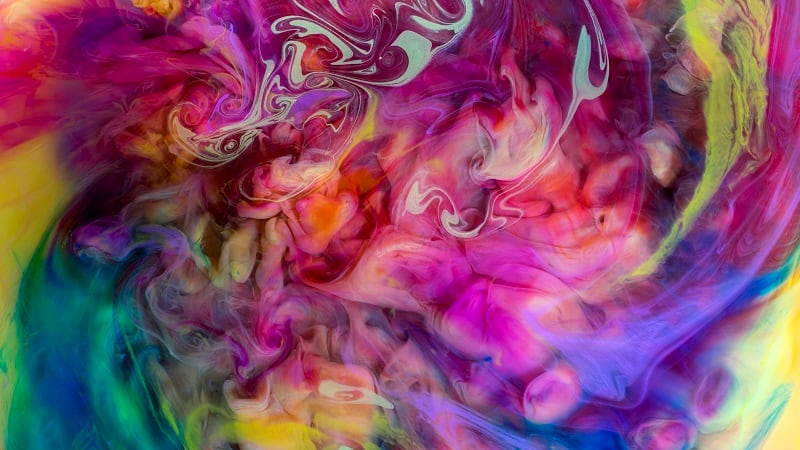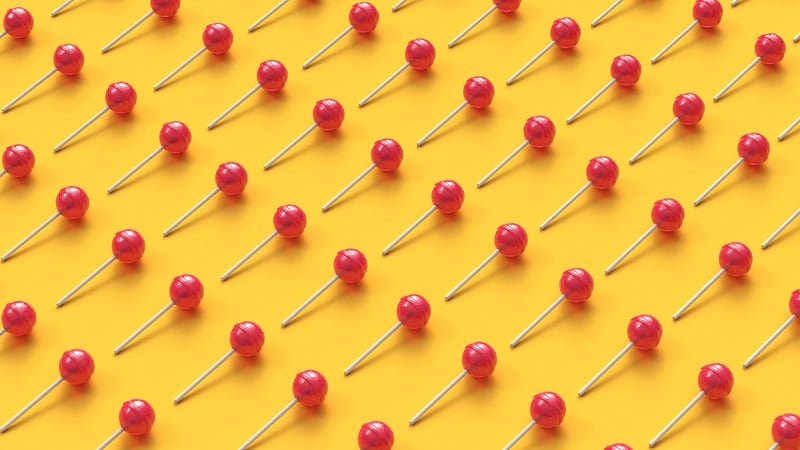UK-based company Sparxell is unlocking a spectrum of natural colors with patented technology and cellulose, as demand for natural solutions surges amid the FDA’s push to remove synthetic colorings by the end of 2026.
Sparxell is scaling production of its biodegradable, plant-based and plastic-free colors with applications in foods, beverages and beyond. Benjamin Droguet founded the tech company in 2022, following seven years as a University of Cambridge researcher.
Sparxell’s patented technology shines light on cellulose – the main structural component of plant cell walls – to create specific colors, Droguet explained. The company can adjust the cellulose grouping to produce different colors, he added.
Sparxell’s technology does not change cellulose’s structure or chemical properties, meaning product developers can use the ingredient consistently across applications without accounting for stability or fading, Droguet noted.
“There are many animals and plants in nature that do not rely on synthetic chemical to make color. Instead, they use standard building blocks, like cellulose protein, to make color. And this approach is known as structural color because the color comes from a structure,” he elaborated.
Sparxell secured $2.15 million from the European Innovation Council in May to accelerate commercialization and scalability. This investment follows $3.2 million in seed funding, grants and awards in April 2024, including from Future Communities Capital, PDS Ventures, Katapult VC, SNØCAP VC, Granatus Ventures and Joyance Partners.
Creating a new supply chain for natural colors
Demand for natural colors is growing amid recent pushes to remove synthetic dyes from the food system and increased consumer demand for clean label products.
Food and beverage companies, like PepsiCo, are readying and have prototypes, while other CPG companies are rushing to remove synthetic colors from their products.
CPG companies prioritizing reformulations will test the normal supply chain for natural colors, requiring brands to come up with new solutions and ingredient partners, Droguet explained. Sparxell‘s technology is not dependent on a specific crop or plant, he added.
“We do not rely on chemicals. We rely on cellulose. So, cellulose is a safe, well-known product found in every plant, which means that the supply of our pigments can be even locally made, locally generated, and regardless of the plant,” Droguet elaborated.
Changing regulations and increasing consumer demand
FDA announced that it would collaborate with the food and beverage industry to remove synthetic food dyes, including Blue No. 1 and 2, Green 3, Red 40 and Yellow No. 5 and 6, from the supply chain by the end of 2026, as previously reported.
This follows the FDA’s decision, under the Biden administration, to rescind its authorization of Red No. 3.
FDA approved three natural food dyes, including butterfly pea flower extract, calcium phosphate and galdieria extract blue, on April 22. Republican Tennessee Representative Chuck Fleischmann raised safety concerns about the fast-tracked ingredients during a hearing with HHS Secretary Robert Kennedy Jr, as previously reported.
Consumer demands add another wrinkle into the move towards natural dyes, as more shoppers want products without synthetic ingredients.
More than a quarter (28%) of shoppers who said they are avoiding dyes and colors are doing so because they say they believe they are unhealthy to eat, while 25% said they believe they are unsafe to consume, according to an International Food Information Council survey.





